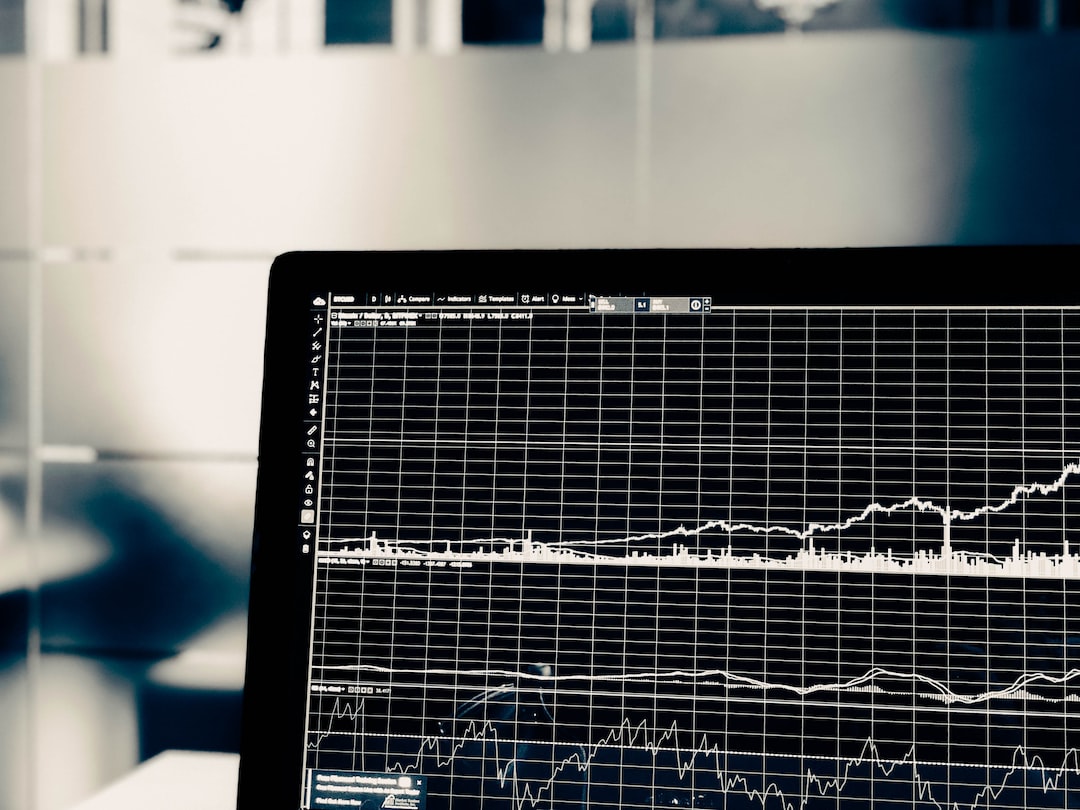Foreign forex brokers collect margin from their clients to ensure that they have enough funds to cover potential losses in their trading accounts. Margin is essentially a deposit that traders are required to make in order to open and maintain positions in the forex market. In this article, we will explain in detail how foreign forex brokers collect margin from their clients.
Margin Definition
Margin is the amount of money a trader needs to deposit with a broker in order to open a position in the forex market. It is also known as collateral or initial margin. The margin is usually a percentage of the total value of the trade, which is determined by the broker. The margin requirement can vary depending on the currency pair being traded and the broker’s policies.
Margin is required because when trading in the forex market, traders are essentially borrowing money from the broker to open positions. The broker is taking on risk by lending traders money, and margin helps to mitigate that risk.
How Do Foreign Forex Brokers Collect Margin?
Foreign forex brokers use a variety of methods to collect margin from their clients. The most common methods include:
1. Credit/Debit Card
Many forex brokers allow clients to deposit funds using credit or debit cards. This is one of the most convenient methods of depositing funds into a trading account, as it is quick and easy. Clients can simply enter their card details and the funds will be transferred to their trading account instantly. However, some brokers may charge a fee for using this method.
2. Bank Wire Transfer
Another common method of depositing funds into a forex trading account is through a bank wire transfer. In this case, the trader will need to provide the broker with their bank details, and the broker will provide the trader with their bank details. The trader can then transfer funds from their bank account to the broker’s account. This method can take several days to complete, and there may be fees associated with the transfer.
3. E-wallets
Some forex brokers allow clients to deposit funds using e-wallets such as Neteller, Skrill, and PayPal. These e-wallets act as intermediaries between the trader’s bank account and the broker’s trading account. Clients can transfer funds from their e-wallet to their trading account instantly. However, there may be fees associated with using e-wallets.
4. Cryptocurrencies
An increasing number of forex brokers are now accepting cryptocurrencies such as Bitcoin, Ethereum, and Litecoin as a method of depositing funds. Clients can transfer funds from their cryptocurrency wallet to their trading account instantly. However, this method may not be available for all brokers, and there may be fees associated with using cryptocurrencies.
Margin Call
If a trader’s account falls below the required margin level, the broker will issue a margin call. This means that the trader will need to deposit additional funds into their account to maintain their positions. If the trader fails to do so, the broker may close out their positions to prevent further losses.
Conclusion
In conclusion, foreign forex brokers collect margin from their clients to ensure that they have enough funds to cover potential losses in their trading accounts. Margin is required because when trading in the forex market, traders are essentially borrowing money from the broker to open positions. The most common methods of depositing funds into a forex trading account include credit/debit cards, bank wire transfers, e-wallets, and cryptocurrencies. If a trader’s account falls below the required margin level, the broker will issue a margin call, and the trader will need to deposit additional funds into their account to maintain their positions.





